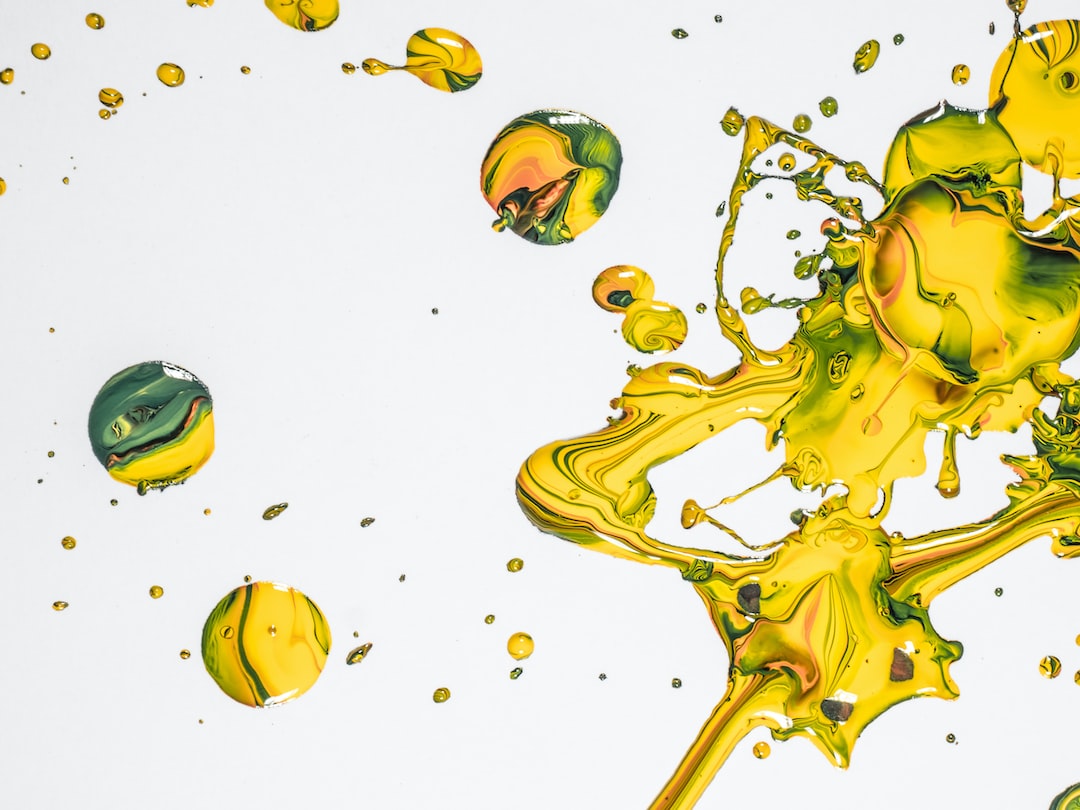Exploring Art in Nature: Land Art and Environmental Sculpture
Nature has always been a source of inspiration for artists throughout history. From ancient cave paintings to the Impressionist landscapes, the natural world has been a recurring theme in art. However, in the 20th century, a new movement emerged that sought to not only represent nature but to actively engage with it. This movement is known as Land Art, or Earth Art, and it encompasses a diverse range of artistic practices that seek to integrate art and the environment.
Land Art, as the name suggests, involves creating artworks directly within or using materials from the natural landscape. These artworks are often large-scale and transient, meant to interact with the environment in a way that highlights its beauty, challenges our perception of art, and raises awareness about environmental issues.
One of the pioneers of Land Art is Andy Goldsworthy, a British artist known for his ephemeral sculptures created from natural materials like leaves, ice, stones, and branches. Goldsworthy’s artworks are often placed in natural settings like forests, rivers, and fields. They are designed to change and evolve with the natural processes of weathering, growth, and decay. For example, Goldsworthy might build a circular structure from twigs that gradually disintegrates over time as the wind blows, or he might create a trail of brightly colored leaves floating along a river. In both cases, the artwork becomes part of the landscape, blurring the boundaries between art and nature.
Another prominent artist associated with Land Art is Robert Smithson. Smithson’s most famous work is “Spiral Jetty,” a massive sculpture made from rocks and earth that juts out into the Great Salt Lake in Utah. The sculpture, which forms a spiral shape, interacts with the lake’s changing water levels and weather conditions. Additionally, Smithson was interested in the concept of entropy, or the inevitable degradation of order in the universe, which is reflected in the decay and transformation of his artworks over time. By situating his sculptures in natural environments, Smithson emphasized the interconnectedness between human creations and the forces of nature.
Land Art also often seeks to draw attention to environmental issues and advocate for sustainable practices. For example, the artist Agnes Denes created a work called “Wheatfield – A Confrontation” in New York City in 1982. She planted a two-acre wheat field in the middle of Manhattan’s financial district, highlighting the contrast between nature and urbanization. Denes wanted to raise questions about resource allocation and the relationship between nature and human development.
Environmental sculpture is another approach within the broader context of Land Art. These sculptures are permanent installations that are specifically designed for outdoor spaces and evoke natural forms or reference environmental themes. For instance, the artist Maya Lin, known for her design of the Vietnam Veterans Memorial in Washington, D.C., is also recognized for her site-specific sculptures that engage with nature. Her work “Wave Field” in Michigan consists of earthen mounds that resemble ocean waves. These mounds invite visitors to interact with the sculptural landscape and reflect upon the power and beauty of nature.
Exploring Land Art and environmental sculpture enables us to rethink our relationship with nature and consider how we can coexist sustainably. These artworks challenge traditional notions of art, as they prioritize process over the final product and embrace the ever-changing nature of the environment. They remind us to appreciate the natural world, its beauty, and its fragility.
In conclusion, Land Art and environmental sculpture represent a fascinating intersection between art and nature. These artistic practices push boundaries and engage with the environment in innovative ways. By integrating art into the natural landscape, Land Art seeks to evoke a sense of wonder, provoke contemplation, and promote environmental consciousness. Whether it’s Andy Goldsworthy’s delicate constructions or Robert Smithson’s monumental earthworks, these artworks invite us to explore nature through a new lens and foster a deeper connection with the world around us.

